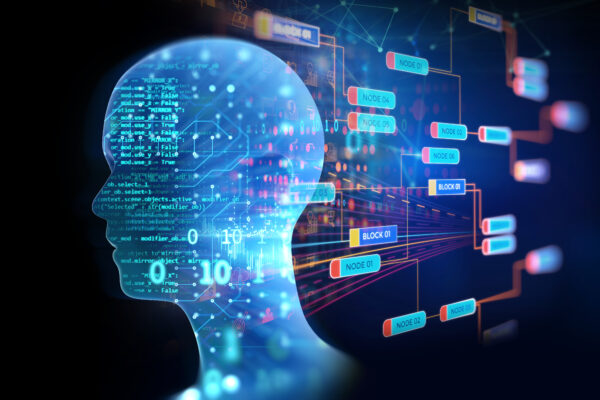Decision-making is best done by humans, but generative AI can quickly and accurately present the right data and reports we need to make those decisions. The rise of generative artificial intelligence has led to the potential for end-to-end improvements in the utilities industry. With this boundless resource now more accessible to utilities companies, it is much easier to swiftly address problems as they arise, dive deeper into supply chain visibility and predictability, and improve services to customers.
Generative AI use cases are mainly limited by imagination, but here are a few of the many ways this tool can be applied for utilities.
Scheduling Utilities Workers Effectively
Employee schedules can be complex and difficult to manage, especially when the workforce is large and work is project-based. Instead of manually monitoring, scheduling, and adjusting employee working hours, artificial intelligence can gather and organize data on work hours and employee requests for time off, whether they’re done in advance or last minute. This data can then quickly be turned into reports, and the generative AI tool can generate working schedules following all the necessary parameters.
Predicting and Preventing Potential Problems
Generative AI is a helpful tool when combined with predictive maintenance. Utilities companies can avoid outages and incidents that affect customer access to power by using sensors to continuously monitor the performance characteristics of the equipment. These capabilities span fleet management and fixed plant. With full visibility of all equipment data, generative AI can create reports on performance, alert workers to potential issues, and automatically request maintenance and inspections to lower the outage and incidence rates.
Mapping the Best Routes for Maintenance and Repair
Route optimization and maintenance routing automation are also areas where generative AI can play a productive role. Where utilities companies formerly assigned employees in advance to appointments and assignments out in the field, generative AI can use data monitored in real-time to continuously adjust worker routes and schedules for maximum efficiency. For example, if one assignment is taking longer than expected, or a sudden traffic blockage has made it difficult for the formerly assigned worker to make it to an appointment, generative AI can quickly regenerate the schedule with an employee who can take care of an appointment closer to the time requested or help reroute the vehicle for a quicker arrival time.
Changing the Landscape of Worker Safety
The connected worker is another advancement helping utilities companies to stay more vigilant in worker safety, but generative AI can offer an additional boost. Artificial intelligence can now provide predictions based on data from real life by creating virtual simulations. As a result, utilities companies can plan installations and maintenance with much more confidence in the safety of the project without putting real employees at risk.
Reducing Cost and Labor with AI Call Centers and Virtual Assistants
Finally, generative AI can greatly reduce the cost and number of work hours that companies must plan to operate call centers. Utilities companies can greatly benefit from this due to high call volumes during outages and extreme weather events. Customers also appreciate having more than one way to access information about their utilities, so generative AI can assist them in retrieving accurate, real-time information through phone calls, online dashboards, and virtual assistants.
Powering the globe has never been easier with generative AI. Tap into Perficient’s utilities industry expertise and CX AI jumpstart to implement gen AI.




